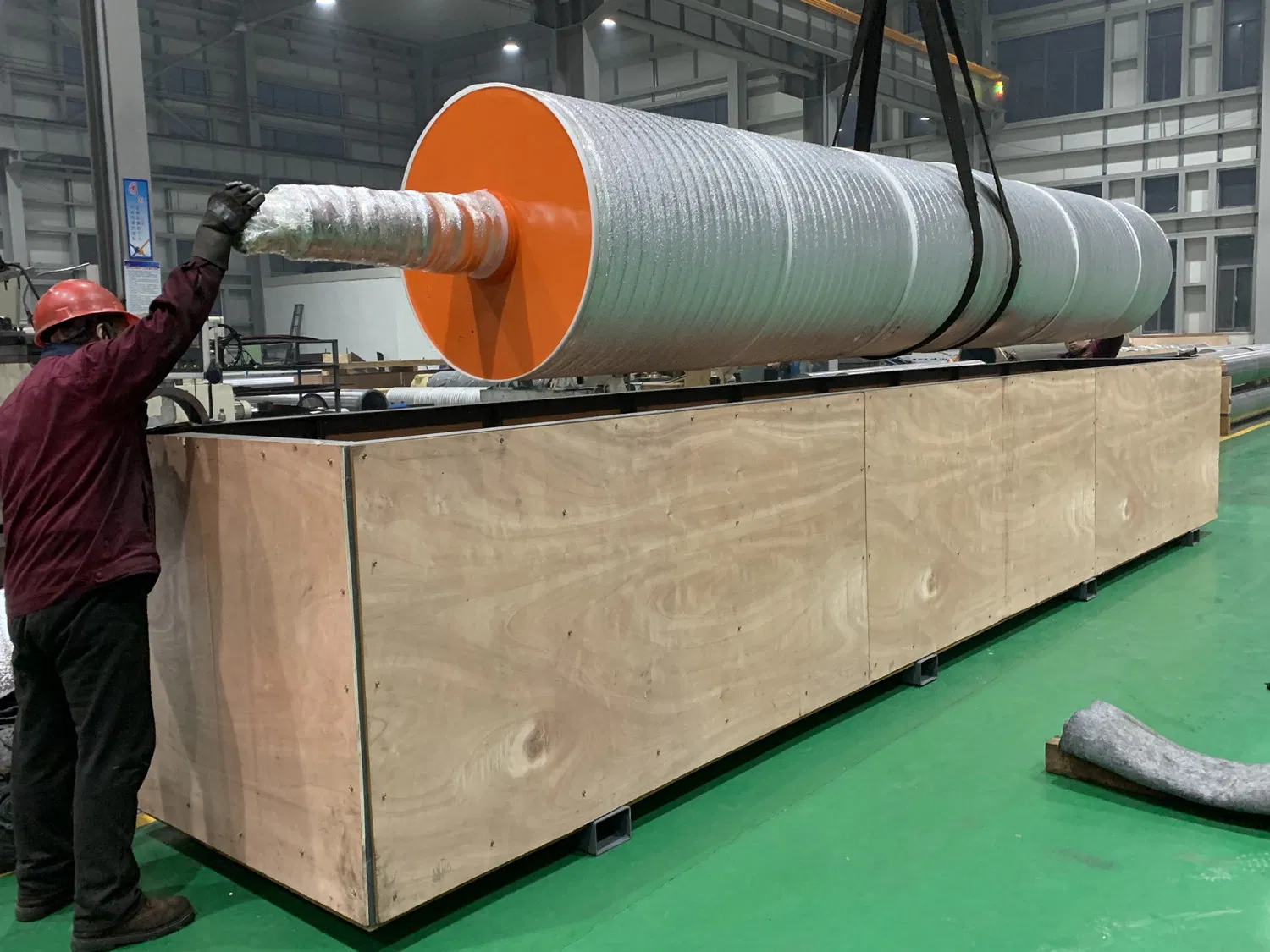The Hidden Enemy: Unbalanced Rolls and Excessive Vibration
Have you ever wondered why your industrial machinery isn't performing as well as it should? The culprit might be unbalanced rolls and excessive vibration. These issues can lead to decreased productivity, increased wear and tear, and even catastrophic failures. But don't worry – roll balancing and vibration analysis can help you get things back on track.
The Importance of Roll Balancing
Roll balancing is the process of ensuring that the weight distribution of a rotating roll is even. Imagine a car with an unbalanced tire – it would shake, wear out prematurely, and cause unnecessary stress on other components. The same principle applies to industrial rolls. Properly balanced rolls reduce wear, improve product quality, and increase the lifespan of your equipment.
Vibration Analysis: Your Early Warning System
Vibration analysis is like a check-up for your machinery. It involves measuring and interpreting the vibrations produced by your equipment. By analyzing these vibrations, you can identify potential issues before they become major problems. Many experts agree that regular vibration analysis is one of the most effective ways to maintain the health of your industrial equipment.
The Role of Vibration Analysis in Predictive Maintenance
Predictive maintenance is all about addressing issues before they cause downtime. Vibration analysis plays a crucial role in this approach by providing valuable data about the condition of your machinery. This data can be used to schedule maintenance activities proactively, reducing downtime and saving you money in the long run.
Practical Applications: Implementing Roll Balancing and Vibration Analysis
Here are some actionable tips for incorporating roll balancing and vibration analysis into your maintenance routine:
In Conclusion: Reaping the Benefits of Roll Balancing and Vibration Analysis
In my experience, implementing roll balancing and vibration analysis can have a significant impact on the performance and longevity of your industrial equipment. By taking a proactive approach to maintenance, you can minimize downtime, improve product quality, and ultimately save money. So, what are you waiting for? Start reaping the benefits of roll balancing and vibration analysis today!



